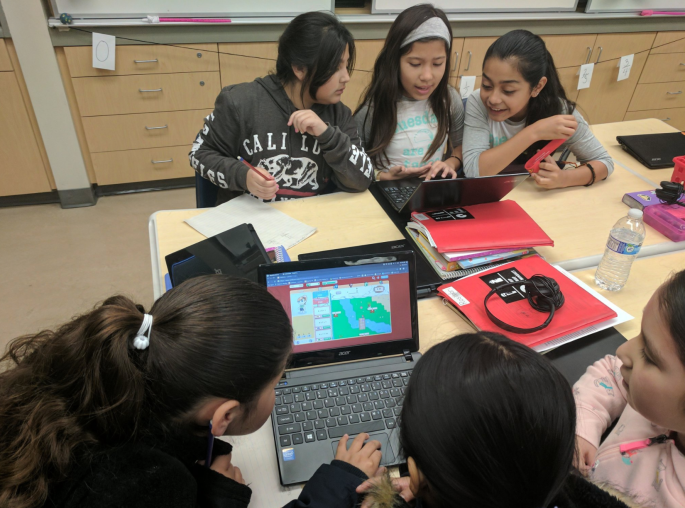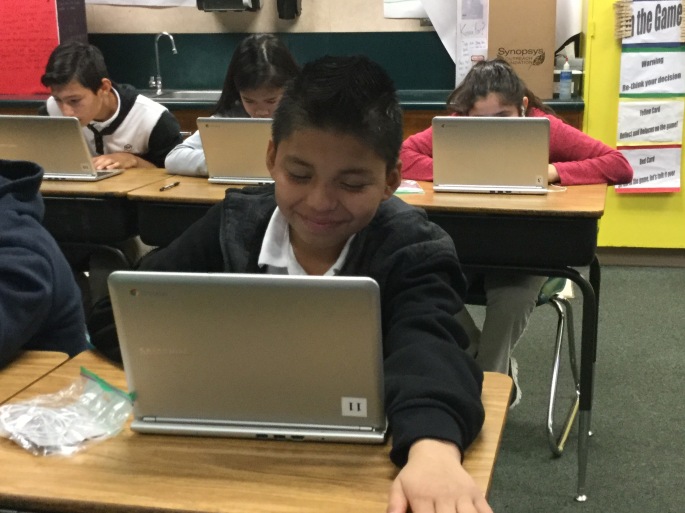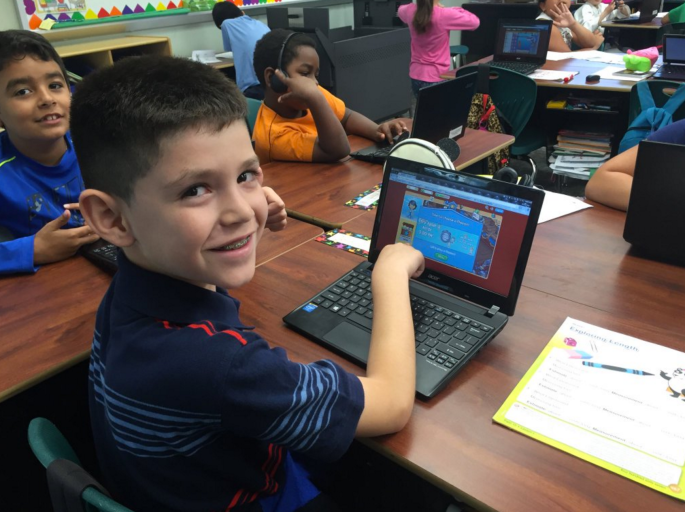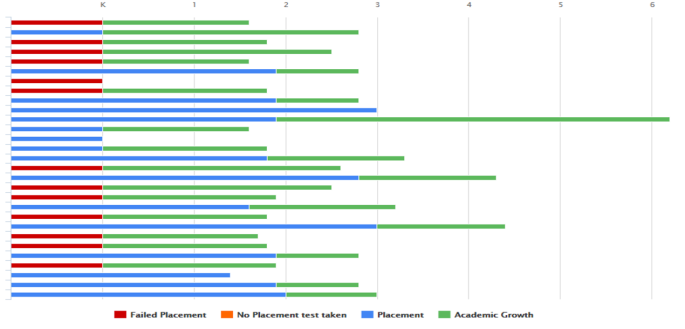With the new school year about to begin, we would like to give a warm welcome to our newest Teacher Happiness Associate, Lance Burbank. Lance was born and raised in Amelia Island, Florida, a sleepy Southern beach town. He graduated from the University of Florida with a degree in political science. After graduating, Lance became interested in education and joined Teach for America-a nationwide organization that seeks to close the opportunity gap in education between privileged and underprivileged children. This led him to Oakland, California where he taught 4th and 5th grade the past 8 years.
Learn more about our new Teacher Happiness Associate in the interview below.
Q: How would you describe yourself?
Outgoing, Theatrical, Friendly, Curious, Passionate
Q: Why do you want to become a teacher?
I wanted to become a teacher because I always loved school, love working with kids, and wanted to help create more opportunities for kids from all backgrounds. I see education as the number one answer to many of our world’s largest problems. Ultimately, it is the only thing that can drive people in large numbers to eradicate violence, discrimination, and poverty.
Q: What is your teaching philosophy?
I believe that we should be doing everything we can to provide a holistic, multi-modality, diverse, and inclusive education to all people. I also believe that meaningful learning experiences combined with choice allows students to fuel their learning and in turn makes it fun to learn because the learning is relevant and stimulating.
Q: Why did you want to join Sokikom?
I’m thrilled to be a part of an organization that is helping kids get excited about learning and that helps all kids achieve by building their math skills. I saw first-hand as a teacher how difficult it can sometimes be. I am also excited to help give teachers more tools to succeed in an increasingly complex world. Working as teacher and teacher-leader for 8 years, I have learned the ins and outs of what teachers and students need to be successful with new programs. I am going to use that knowledge of the arc of the school year to help support teachers and help them have just as much fun as the kids!





















